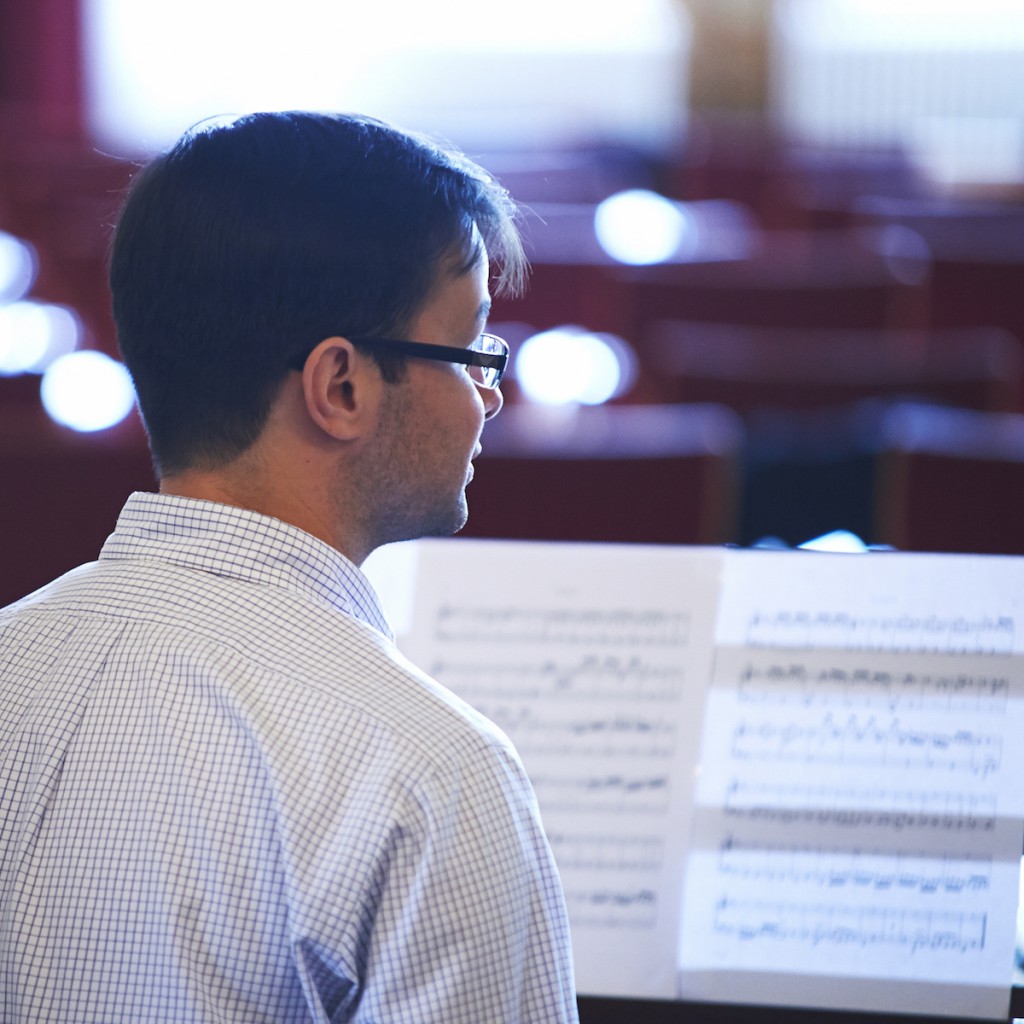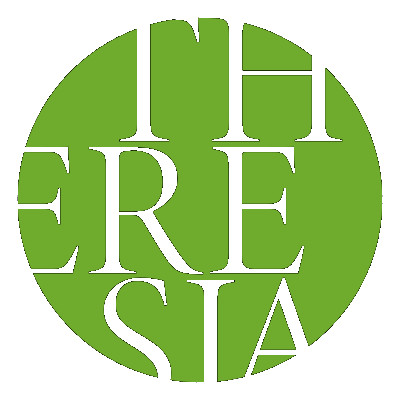
translation by: Charlotte Michi
Assen Boyadjiev is the second soloist that played with Theresia this summer: he played the fortepiano, Olga Pashchenko the harpsichord. Also Assen is an acquaintance of Theresia, he took part at the Premio Ferrari in 2012, winning the Second Place and the “Theresia” Special Price for the best performance of a concert written by Mozart. 34 years, he was born and grew up in Bulgaria but lives in Hannover since the age of 18: “I moved to Hannover to study, and except for an experience at the Cornwell University in 2008, where I specialized with Malcolm Bilson, I have always been in Germany. Even after finishing my studies – I obtained the last degree in 2010 – I remained in Hannover, where I teach performance practices on early keyboards.”
The keyboard world is immense: you have specialized in one field or you continue to play the piano beside the harpsichord and the fortepiano?
“I never abandoned the modern piano and sometimes I still play it in concert: but my primary interest is the fortepiano, the early instrument, in which all those technical features that make “modern” today’s piano are lacking. In this sense my repertoire ranges up to Debussy: he played Pleyel and Erard pianos, that have no crossed strings like Steinway. Thus they are still fortepianos, even if the boundary is very thin. Exploring this border is something that fascinates me a lot.”
To switch from the modern piano to the fortepiano is a matter of technique?
“Not necessarily: it’s rather the sound that changes, due to the construction differences I mentioned before: the color is different, also there is a difference in the registers that in the modern piano disappeared for the benefit of a greater consistency between high notes and low notes.”
What have we gained and what have we lost in the transition from fortepiano to pianoforte?
“Culture and taste change, and so do habits: in the eighteenth century music was performed in small rooms, and the low volume of the fortepiano was not a problem. But today concert halls are immense, and obviously the organizers want to fill them. If we think of the Carnegie Hall: of course listeners of the last rows can not grasp the subtleties of the sound of fortepiano. I like to do this example: a modern piano is like a big red German sedan, perfect to drive fast and safe on the highway: but what if we have to drive in the alleys of Palermo? The car becomes cumbersome, the risk of scratching it is high, we get stuck and this stress ruins the pleasure of observing all the details that surround us. If we go on horseback, instead, we go slower but we enjoy the trip. To change metaphor, the music of Mozart is like the architecture of an eighteenth-century city: playing it on the piano means you have to accept continuous compromises.”
Let’s talk about CPE Bach’s Concert: have you ever played it before?
“No, and I am very glad for this opportunity: the Double Concerto has been the most popular composition of CPE Bach, because it’s special and spectacular music, that puts together the two instruments highlighting their features: there are many passages in Olga’s part where the baroque style of the harpsichord features the writing. If we switched the parts and I played hers on the fortepiano, and vice versa, we would loose the special flavor of the music.”
How is it working with Theresia?
“I feel very comfortable, musicians react very fast to the solicitations of Chiara Banchini, which is very open to our comments, to our proposals. I think that this concert is even more difficult for the orchestra than for the soloists: some passages are perfect for the keyboard but much more uncomfortable if played on the violin. What is more Bach asks electricity to the orchestra from the very first notes.”


